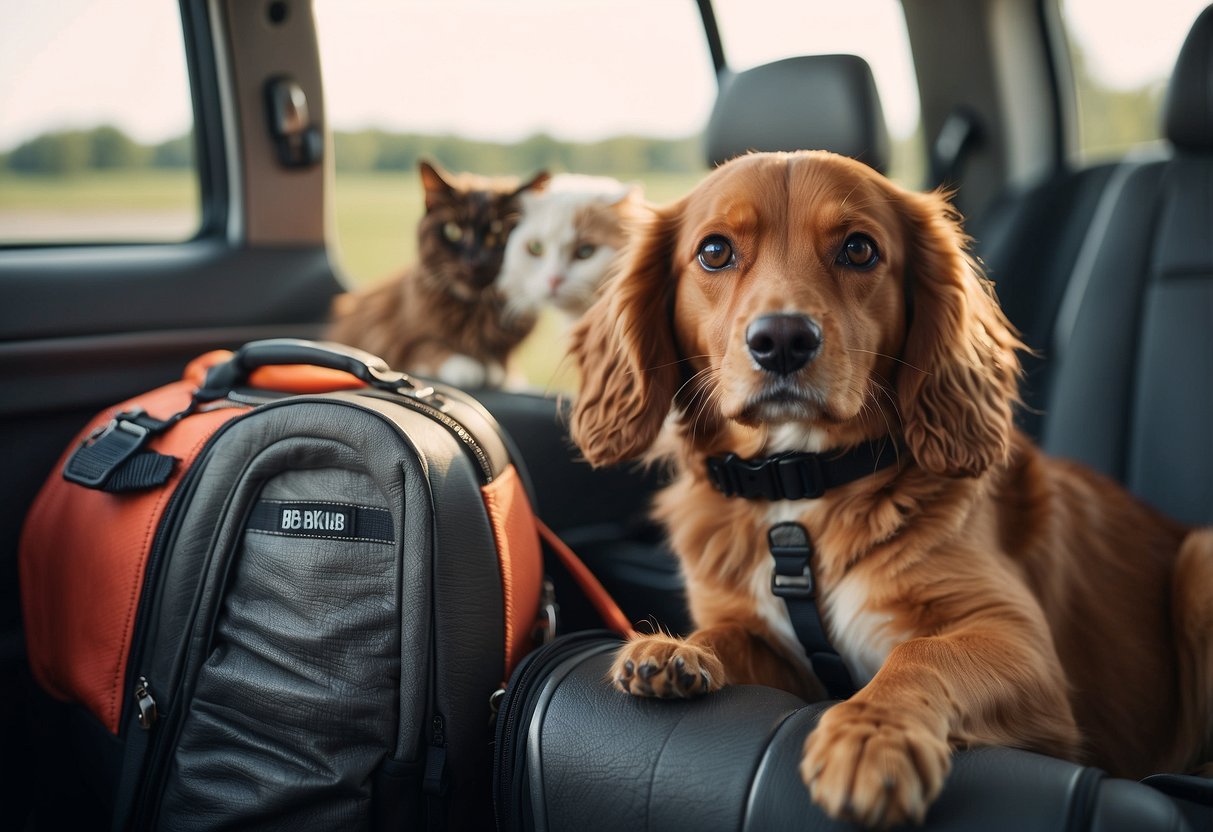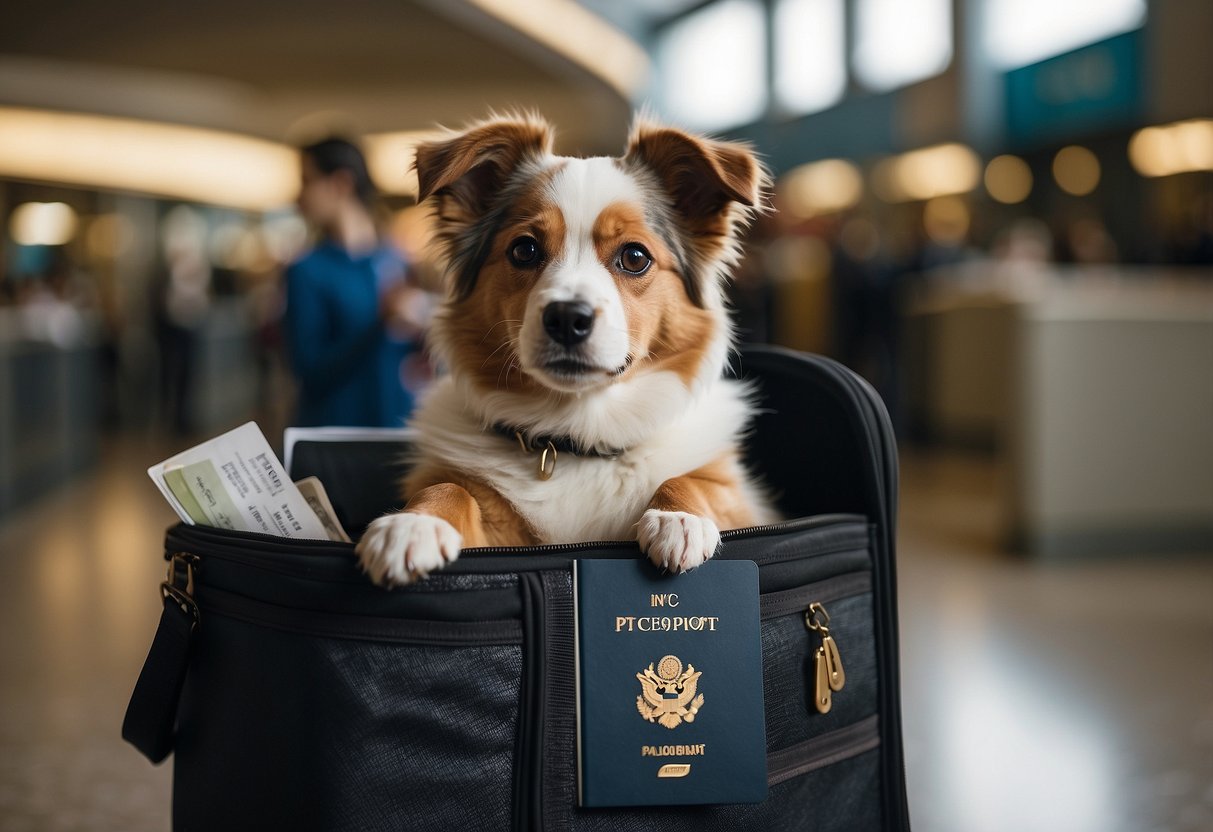
Traveling with pets can be a rewarding experience, offering the chance to make memories with your furry friends. Understanding the essential preparations and requirements ensures a smoother trip for both you and your pet. From choosing pet-friendly accommodations to adhering to travel regulations, careful planning is crucial.
Health and safety should be priorities when taking your pet on a trip. Ensure your pet is comfortable in carriers or harnesses and keep vaccination records handy. Familiarize yourself with the specific airline or travel policies related to pets to avoid last-minute surprises.
Comfort for your pet is just as important as it is for you. Bring along familiar items such as toys and bedding to help reduce their stress. Pack a travel kit including food, water, and any necessary medications to ensure your pet remains well-cared for throughout the journey.
Selecting the Right Carrier
Choosing the proper pet carrier is essential for ensuring your pet’s safety and comfort during travel. Specific requirements for airline-approved carriers and the overall comfort and size guidelines should be considered.
Airline Approved Carriers
When traveling by air, it’s crucial to select a carrier that meets airline regulations. Different airlines have specific requirements, so always check these before purchasing. Typically, airline-approved carriers are well-ventilated, have secure locks, and are made of durable material. They should also fit under the seat in front of you if you’re keeping your pet in the cabin.
Carriers should allow your pet to stand, turn around, and lie down comfortably. It’s recommended to opt for carriers with a waterproof bottom and include absorbent padding. Mesh windows are ideal for ventilation. Ensure that the carrier’s dimensions comply with the airline’s policy, as this can vary greatly.
Comfort and Size Guidelines
The right carrier size is fundamental for your pet’s comfort. Measure your pet’s height (from floor to top of head) and length (nose to base of tail) accurately. There should be ample space for your pet to stand, turn, and lie down. A cramped carrier can cause stress and health issues.
Look for carriers with soft, padded interiors to avoid discomfort. Adjustable shoulder straps or handles make carrying easier for you. Lightweight yet sturdy materials are preferable, providing durability without being cumbersome. Always consider the specific needs of your pet regarding ventilation, padding, and accessibility when selecting a carrier.
Understanding Pet Travel Policies

Traveling with pets involves navigating various regulations set by airlines and countries. It’s crucial to know the specific guidelines to ensure a smooth journey for both you and your pet.
Airlines Specific Regulations
Different airlines have unique policies for flying with pets, including size restrictions, carrier requirements, and fees. Some allow small pets in the cabin if they fit under the seat, while others require pets to travel in the cargo hold.
It’s vital to check the airline’s website or contact customer service for detailed information. Additionally, certain breeds might face restrictions due to health risks associated with air travel. It’s advisable to book flights well in advance because many airlines limit the number of pets on each flight.
Cross-Border Travel Requirements
Cross-border travel with pets requires adherence to each country’s import regulations. Generally, this includes providing a recent certificate of health from a veterinarian and proof of vaccinations, particularly rabies. Some countries have additional requirements, like microchipping and blood tests.
Travelers must also be aware of quarantine regulations, which vary by destination. In some cases, pets may be required to undergo quarantine upon arrival. These procedures are in place to prevent the spread of diseases and ensure safety. Planning and researching in advance can help avoid unexpected complications at border crossings.



